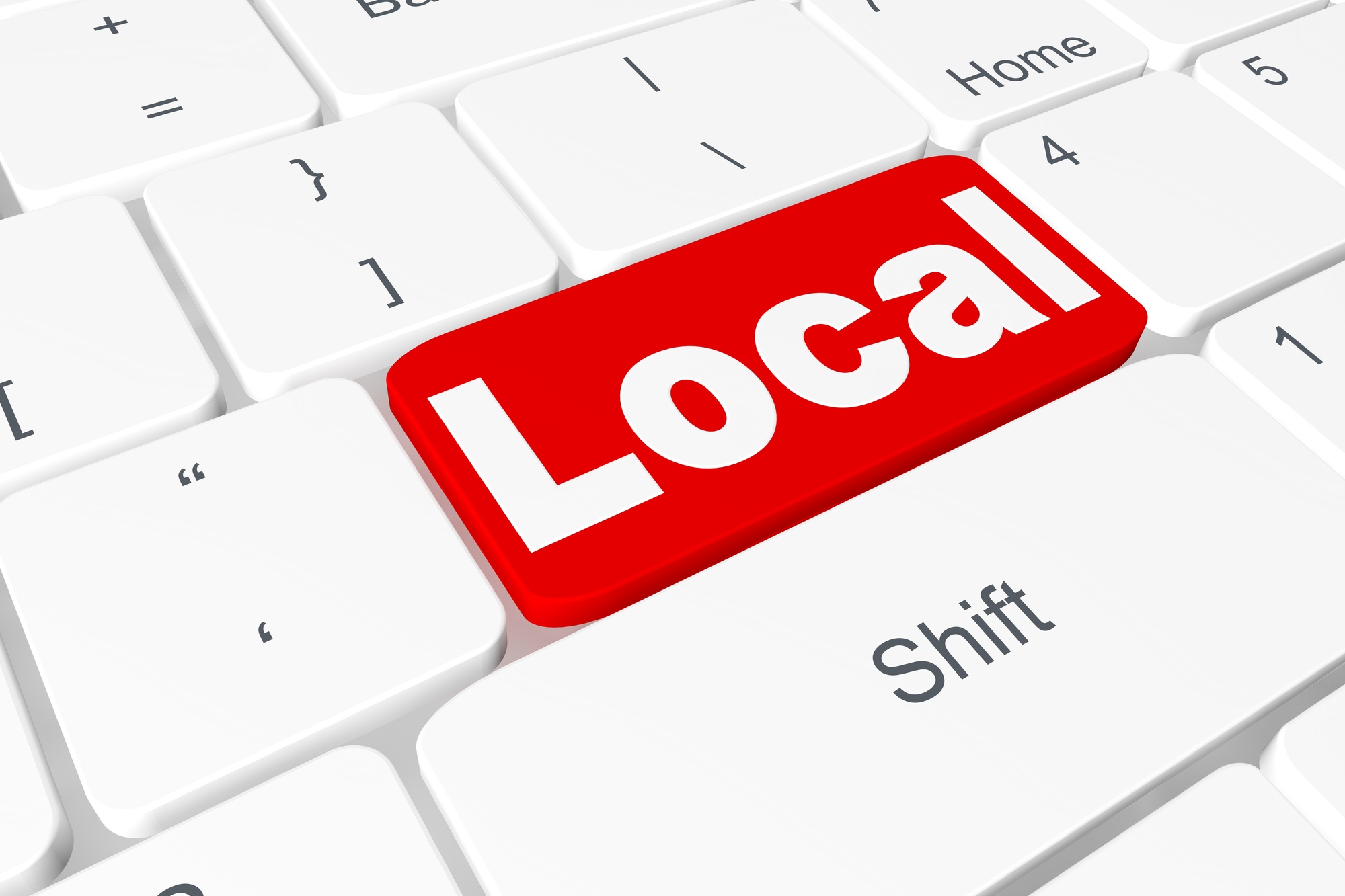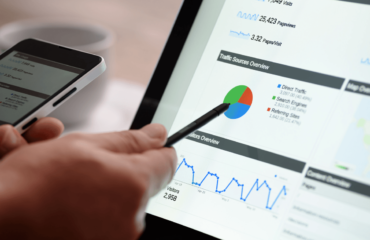Local SEO success isn’t something you achieve. It’s something you maintain. It needs to be constantly tweaked, measured and given thought. This is why we’ve created your complete local SEO checklist.
You know the stakes. If you’re losing the local SEO war, your customers are finding the other guy on Google. And whoever gets found on Google gets the business… usually within 24 hours, actually.
This is war, so here’s your battle plan:
Our Google My Business Local SEO Checklist
It all starts here. Google is the decider of local SEO success and failure. So, the first step is to make sure they have your most up-to-date information.
So keep on top of the following, as it changes:
- Address for all locations
- Business hours and seasonal hours
- Business category
- At least 3 to 5 photos, inside and out
- A 360 virtual tour
- A brief but punchy introduction
- Payment methods
- Your online reviews
Amazingly, only about half of the Google My Business listings out there are currently up to date.
This is mind blowing to us. Because it’s free, it takes 5 minutes and it can literally make or break your local SEO success.
Our Keywords Local SEO Checklist
Keywords are just as important as ever, but the game has changed in how we use them. Don’t get caught using keyword tactics that are so 2008. Here’s what you need in 2018:
Things you don’t really have to worry about anymore:
- Exact match keywords
- Keyword density
Things you still need:
- Keywords in your title and meta description
- Keywords in your opening paragraph
- Keywords in the body and an H2 header
- Keywords in your image description, caption, and even file name.
- Longtail keywords
What are longtail keywords? They are multi-word queries people would be Googling to find a business. Think about full questions people would ask Siri or Google home. Like:
- “Who is the best _____ in the city of ____”
- “How much does it cost to ____”
Take those questions and turn them into blog titles, to target those longtail terms. Speaking of which…
Our Blogging Local SEO Checklist
Do you want to get indexed locally by Google? Blog. Blog often, and blog well. It’s pretty much that simple these days. In fact, research shows that websites that have a blog have 434% more indexed pages.
Here are the dos and do-nots for blogging in the coming year:
Do:
- Set a schedule and stick to it
- Outsource to a freelancer if required
- Schedule as many blog titles as you can in advance
- Write about what’s trending now
- Read your competition’s blog
- Let your personality shine through
- Be funny and informative
- Use keywords in a natural way
- Proofread. And then proofread again
- Focus on a catchy title and lead sentence
Do Not:
- Wait for the perfect time to blog
- Use stale and cliche stock photos
- Pose a question in the title without answering it
- Hammer and wedge keywords in for the sake of keywords
- Publish a blog with spelling and grammar errors
- Publish a plagiarized or stolen blog
- Write more than 3-4 lines of text at a time
- Respond to something in the headlines a month late
- Have more than 2 people in the blog approval process
- End your blog with no call-to-action
Here’s a bonus local SEO checklist. You may find that one of your blogs from a year ago is still attracting the most leads or traffic. Don’t let this party stop.
Capitalize on the traffic and repurpose the blog with:
- New images
- Updated statistics and new insights
- More internal and external links
- Turn the blog into a presentation or video
- Turn the blog into an infographic
This can help you get even more leads and traffic from pieces that are already your best performers.
Our Ecommerce Local SEO Checklist
If you’re selling online, every single product page needs to be optimized. Even if you’re using something like Shopify, you still need to do a lot of the work yourself.
Make sure you:
- Submit an XML sitemap to both Google and Bing
- Ensure there are no 404/500 errors or crawling errors
- Use only a single H1 tag
- Keep all page titles under 70 characters
- Keep your meta descriptions under 150 characters
- Put a keyword in the page URL, Title, Meta, and body copy
- Put descriptive ALT tags and filenames for your images
- Never reuse product descriptions from manufacturers
- Ensure every page is mobile friendly
- Ensure every page loads quickly
You’re going to produce a lot of these pages, so they need to be done the right way and done the exact same way each time. So make sure everyone in the organization has this list and follows it.
Our Link-Building Local SEO Checklist
Don’t forget about your off-page SEO strategy, which is driven by the links you can build.
So in 2018, remember:
- Don’t build links, build relationships.
- Don’t buy links, earn them.
- Avoid “link farms.”
- Shoot for links from local media and industry publications or influencers.
- When writing/ wiring a press release, follow Google’s link guidelines.
If you’ve used outdated or “spammy” link-building practices in the past, there’s good news and bad news.
The bad news is Google’s Penguin update is currently punishing you for it.
The good news is Penguin works in near real time, so if you take down your spammy or less desirable links, you should see the results right away.
We Can Help You Win the Local SEO War
We hope you’ve found this local SEO checklist useful. But it’s just a lesson on the basics. We can show you much more.
Since 2008, Optimum Systems Online (OSO) has provided the latest, cutting-edge technology for website design, web applications, software development, hosting, IT help desk and data entry.
How can we help you? Click here to learn more about us.





